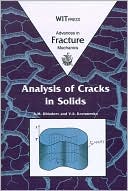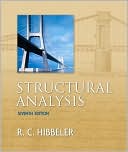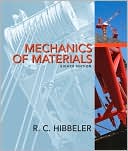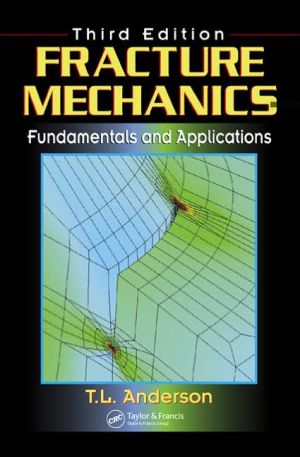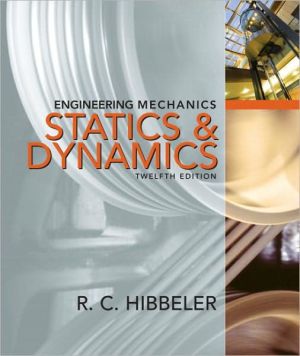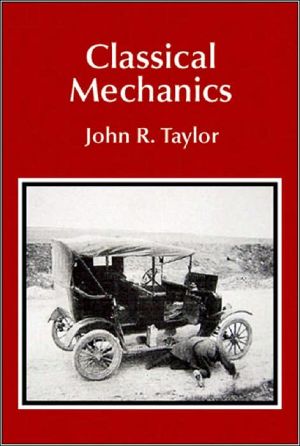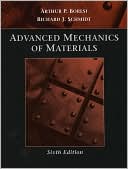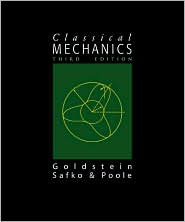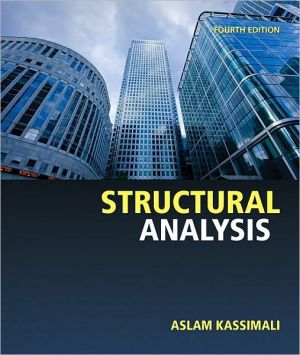Analysis of Cracks in Solids, Vol. 6
Search in google:
The book demonstrates new approaches to the crack problem in solids describing a mutual nonpenetration between crack faces. Two- and three-dimensional bodies, plates and shells with cracks are considered. Properties of solutions are established: existence of solutions, regularity up to the crack faces, convergence of solutions as parameters of a system are varying, etc. The authors analyze different constitutive laws: elastic, viscoelastic, elastoplastic. The monograph covers the following topics: Properties of solutions in contact problems for elastic plates and shells having cracks. Analysis of crack shape variations in solids Existence of solutions for elastoplastic bodies with cracks Iteration schemes and approximate methods of solving boundary value problems for solids with cracks. The book takes a fresh look at the crack problem and demonstrates new methods of studying the problem, as well as proposes new models for cracks in elastic and nonelastic bodies satisfying physically suitable nonpenetration conditions between crack faces. Signorini type restrictions at the crack faces, which do not allow the opposite crack faces to penetrate each other, are considered. The restrictions are written as inequalities for the displacement vector considered at the surfaces corresponding to the crack faces. Booknews Khludnev and Kovtunenko (Russian Academy of Sciences) propose models for cracks in elastic and nonelastic bodies satisfying physically suitable non-penetration conditions between crack surfaces. Two- and three-dimensional bodies, plates, and shells with cracks are considered. Designed for use by postgraduate students, scientists, and engineers, the book covers the following topics: properties of solutions in contact problems for elastic plates and shells having cracks; analysis of crack shape variations in solids; existence of solutions for elastoplastic bodies with cracks; and iteration schemes and approximate methods of solving boundary value problems for solids with cracks. Distributed by Computational Mechanics, Inc. Annotation c. Book News, Inc., Portland, OR (booknews.com)
Preface1Introduction11.1Modelling of solids with cracks11.2Elements of convex analysis221.3Approximation methods341.4Problems with singular boundaries492Cracks in plates and shells692.1Viscoelastic contact problem for a plate702.2A plate under creep conditions792.3A plate with vertical and horizontal displacements882.4Contact problem for a plate having a crack952.5Cracks of minimal opening in plates1072.6Solving methods for plates with cracks1182.7Contact problem for a shell with a crack1282.8Signorini problem for cracks in shells1382.9Simplified nonpenetration conditions in contact problems1482.10Solving methods for the simplified models1593Cracks in complicated plates1713.1Plate with a crack under the creep condition1713.2Contact of two plates one of which has a crack1853.3Thermoelastic plates with cracks1983.4Cracks of minimal opening in thermoelastic plates2113.5Inclined cracks in plates2193.6Friction problem for plates with cracks2344Variation of cracks in solids2474.1Variation of a crack length2474.2A plate with a crack2494.3A crack moving to the external boundary2524.4A case of a shallow shell2554.5A crack near the boundary2574.6Asymptotics of the energy functional for the Poisson equation2604.7Asymptotics of the energy functional for the Lame equations2714.8Three-dimensional case2794.9Extreme crack shapes in a shallow shell2845Cracks in elastoplastic bodies2935.1Elastoplastic problems for the Hencky model2945.2Elastoplastic problems for the Prandtl-Reuss model3065.3Elastoplastic problems for plates with cracks3205.4The Prandtl-Reuss elastoplastic plates3285.5Contact elastoplastic problem for the curvilinear Kirchhoff rod3415.6Contact elastoplastic problem for the curvilinear Timoshenko rod3515.7Viscoelastoplastic curvilinear Timoshenko rod3605.8Curvilinear rod under creep conditions3665.9Conclusion370Notation371References375
